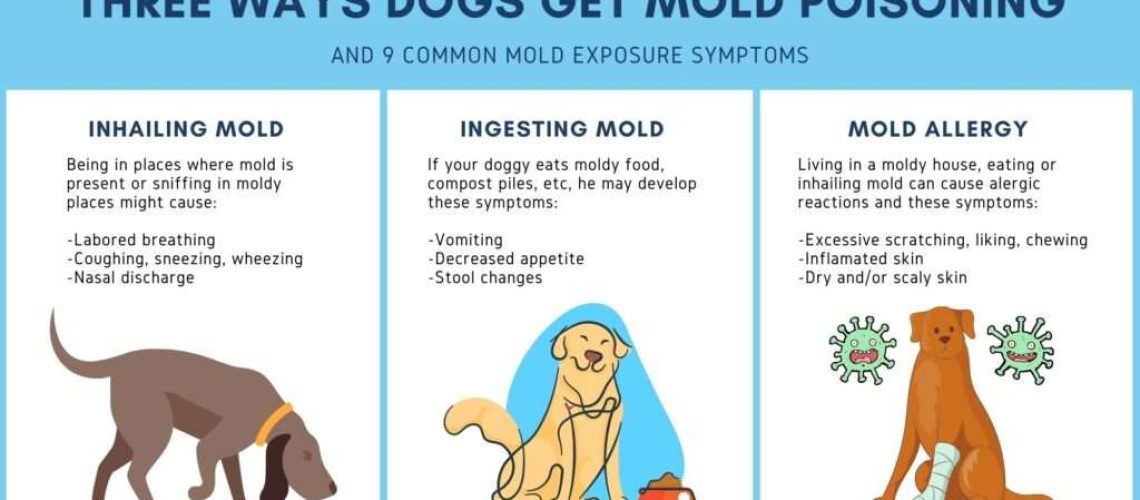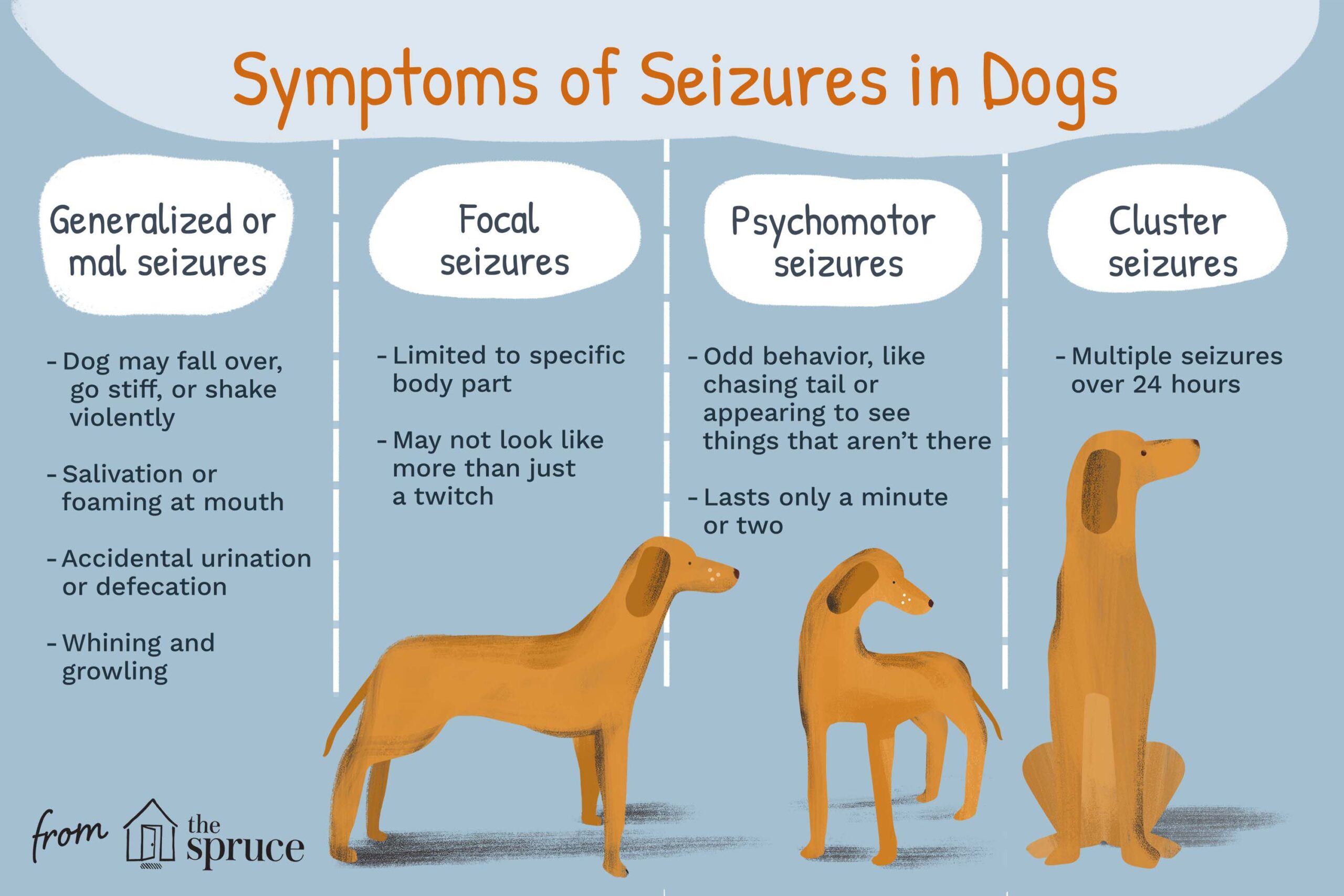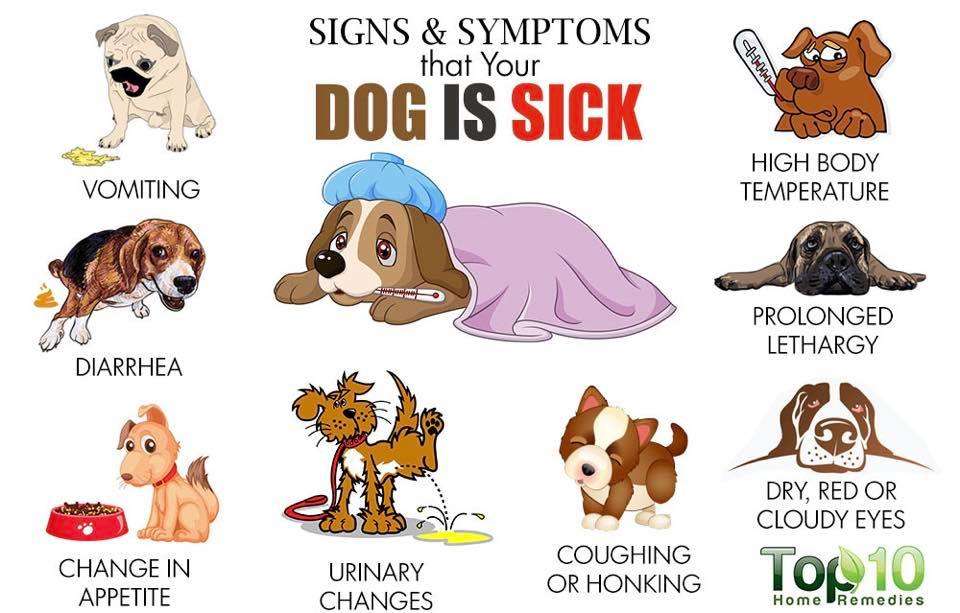Key Takeaways:
- Vomiting and diarrhea are common signs of poisoning in dogs.
- Lethargy and weakness can indicate that a dog has been poisoned.
- Excessive drooling or foaming at the mouth may be a sign of poisoning.
- Changes in breathing, such as difficulty breathing or rapid breathing, should be taken seriously as they can indicate poisoning.
- Seizures or tremors are severe symptoms of poisoning and require immediate veterinary attention.
Are you a dog owner? If so, then understanding the signs of poisoning in dogs is crucial for keeping your furry friend safe and healthy. Imagine being able to identify the early warning signs of poisoning before it's too late. By delving into this topic, you'll gain valuable knowledge that could potentially save your pet's life. Whether it's accidental ingestion of toxic substances or intentional poisoning, knowing what to look out for can make all the difference. In fact, did you know that over 100,000 cases of pet poisoning are reported each year? This alarming statistic highlights the importance of being informed about this subject. So, let's dive in and discover the telltale signs that could help protect your beloved canine companion from harm.
Signs of Poisoning in Dogs: What to Look For
Understanding the Signs
When it comes to detecting poisoning in dogs, it is important to be aware of the signs and symptoms. Dogs may exhibit various indicators that something is wrong, such as vomiting, diarrhea, excessive drooling, difficulty breathing, or seizures. They might also display behavioral changes like restlessness or lethargy. Additionally, you may notice your dog experiencing abdominal pain or showing signs of weakness.
If you suspect your dog has been poisoned, keep an eye out for any unusual behavior or physical symptoms. It's crucial to act quickly and seek veterinary assistance as soon as possible.
Physical Symptoms to Watch For
- Vomiting and diarrhea
- Excessive drooling
- Difficulty breathing
- Seizures
- Restlessness or lethargy
- Abdominal pain
- Weakening of muscles
Detecting Food Poisoning in Dogs: Key Indicators
The Role of Food in Poisoning Cases
Foods that are safe for humans may not necessarily be safe for our furry friends. Some common foods that can cause food poisoning in dogs include chocolate, grapes, raisins, onions, garlic, and certain artificial sweeteners like xylitol. When a dog consumes these toxic substances, they can experience severe health issues.
Symptoms of Food Poisoning in Dogs
If your dog has ingested something harmful through food poisoning, they may exhibit specific signs. These can include vomiting and diarrhea (possibly with blood), loss of appetite, abdominal pain, dehydration, and even collapse. It's important to remember that not all symptoms may be immediately apparent, so it's crucial to monitor your dog closely if you suspect food poisoning.
The Importance of Recognizing Dog Poisoning Signs Quickly
Acting Swiftly Can Save Lives
Recognizing the signs of dog poisoning quickly can make a significant difference in saving your pet's life. The sooner you identify the problem, the faster you can seek veterinary help and begin appropriate treatment. Delaying medical intervention can lead to more severe complications and reduce the chances of a successful recovery.
Understanding the Severity of Poisoning
Poisoning can have varying degrees of severity depending on the type of toxin and the amount ingested by your dog. Some substances are highly toxic and can cause immediate harm, while others may have a delayed onset or milder effects. Regardless, any sign of poisoning should be taken seriously and addressed promptly to ensure your dog receives proper care.
Suspecting Dog Poisoning: What to Do Next
Don't Panic; Take Action
If you suspect that your dog has been poisoned, it is essential to remain calm and take immediate action. Your quick response can greatly improve the chances of a positive outcome for your furry companion.
Steps to Take:
- Contact your veterinarian or an emergency animal clinic right away for guidance.
- Provide them with information about any potential toxins your dog may have been exposed to.
- If advised by a professional, induce vomiting only if it is safe to do so.
- Follow any further instructions provided by the veterinarian or animal poison control center.
Toxic Household Items and Foods for Dogs: Beware!
Common Household Hazards
Many items found in our homes can be toxic to dogs. Some examples include cleaning products, certain plants (such as lilies or azaleas), medications, insecticides, and even some types of human food. It is crucial to be aware of these potential hazards and take steps to keep them out of your dog's reach.
Foods to Avoid Giving Your Dog
- Chocolate
- Grapes and raisins
- Onions and garlic
- Avocado
- Alcohol
- Caffeine
- Xylitol (artificial sweetener)
Preventing Accidental Dog Poisoning: Tips and Tricks
Create a Safe Environment
One of the best ways to prevent accidental dog poisoning is by creating a safe environment for your furry friend. This involves keeping potentially toxic substances securely stored in cabinets or high shelves that are inaccessible to your dog. Additionally, ensure that all household plants are non-toxic for pets.
Tips for Preventing Dog Poisoning:
- Store cleaning products, medications, and other chemicals in secure locations.
- Keep human food out of reach, especially items known to be toxic to dogs.
- Avoid using pesticides or insecticides near areas where your dog has access.
- If you suspect a plant may be toxic, research it before bringing it into your home.
- Regularly inspect your home and yard for any potential hazards.
In conclusion, it is important for dog owners to be aware of the signs of poisoning in their pets. By recognizing these signs early on and seeking immediate veterinary care, we can help ensure the well-being and safety of our furry friends.
How soon will a dog show signs of poisoning?
For example, signs of antifreeze poisoning can manifest within 30 minutes, while symptoms of chocolate poisoning may take 6 to 12 hours to appear. Even though anticoagulant rat poisons are highly potent, it can take dogs 3-5 days after consuming them to exhibit symptoms.
Can a dog recover from poisoning on its own?
Recovering from poison ingestion is more challenging because the liver and kidneys, which are crucial organs, are the ones primarily impacted by toxic substances. In this scenario, your dog may require a simple and easily digestible diet for a certain period to allow the liver and kidneys to have time to recuperate and recharge.
How do you flush poison out of a dog's system?
In cases where the animal is unconscious, it may be necessary to flush the stomach using a stomach tube or perform surgery on the stomach. In certain situations, laxatives and medications may be prescribed to help empty the bowels and eliminate the poison from the digestive system.
How does a dog act when poisoned?
Symptoms of poisoning in dogs can manifest as gastrointestinal issues such as vomiting, diarrhea, excessive drooling, loss of appetite, and feelings of nausea or dry heaving. Additionally, internal bleeding can be identified by pale gums, a rapid heartbeat, coughing up or vomiting blood, weakness or lethargy, and the dog may even collapse or fall over. This information was last updated on August 24, 2020.
How will a dog act if it has been poisoned?
Signs of ingesting poisons in dogs can include vomiting, diarrhea, restlessness, and cardiac problems. Inhaling toxic substances may lead to breathing problems or unconsciousness. If a dog's skin is exposed to a toxic substance, common symptoms may include irritation and discomfort.
How long does poisoning take to kick in dogs?
Dogs that have ingested the poison may start showing symptoms within 30 minutes to 4 hours. At first, they may exhibit signs of anxiety and have a higher body temperature. Panting is a common symptom. As time passes, their condition deteriorates and they may start staggering.

















